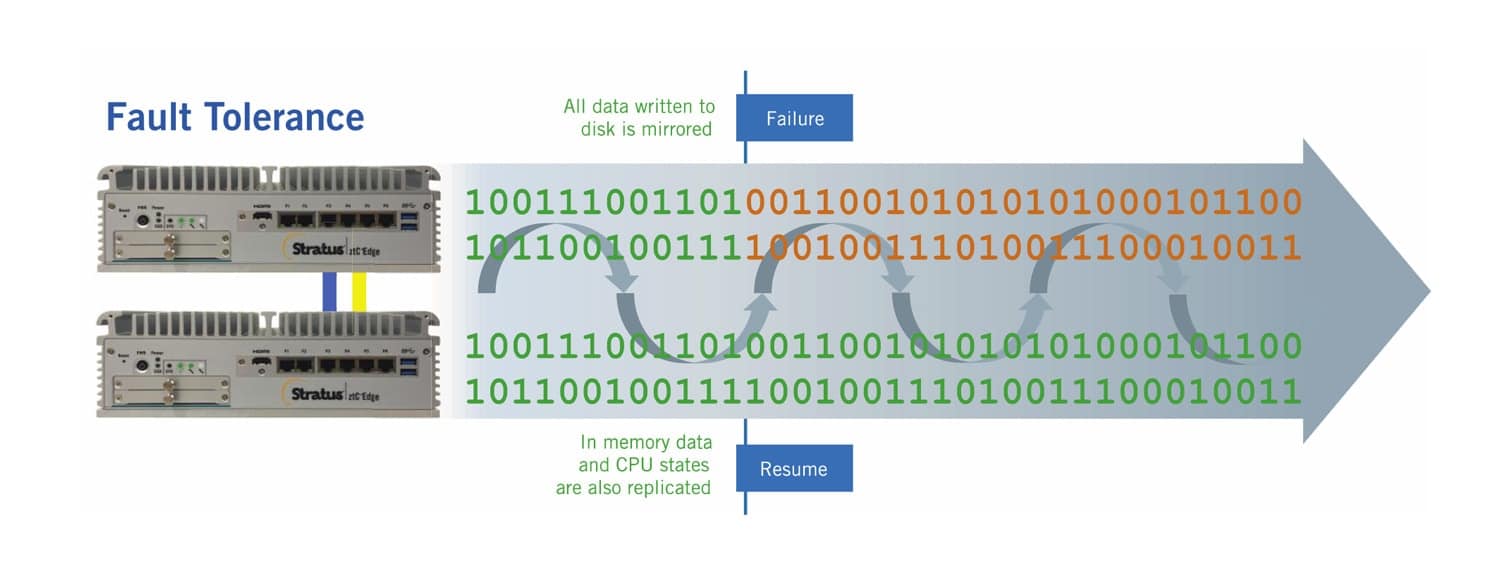A fault-tolerant computer system is a computing system designed to remain operational despite potential hardware and software failures. It is built on the concept of redundancy, which involves creating additional hardware and software solutions that may be able to take over if any individual component fails.
Fault-tolerant computer systems are often used for mission-critical applications such as online banking, buy-sell orders, and medical systems. In the event of malfunction with one component, the fault-tolerant system is designed to quickly identify the failure and route around it, allowing the system to continue to perform its operations.
Fault-tolerant systems generally make use of multiple autonomous hardware components. These components are made to operate independent of each other, as redundant backups. If a single component fails, the other components can take over the operations.
The approach can be divided into two categories: active and passive. In the active approach, each component is monitored and if a fault is detected, the component is replaced and the job put back on track. In the passive approach, components are failed in an orderly fashion and, instead of having it replaced, the job is then divided onto the remaining components.
Fault-tolerant computer systems have an added level of resiliency to many types of problems. They can work together with other systems that do not rely on redundancy for their operations, and can be used in many different kinds of applications. Although they are not fail-safe, such systems can help to reduce the risks of system failures.






